De Sharpville à Gaza, 5 ans depuis l’appel au BDS
- BDS conference Montreal 2010
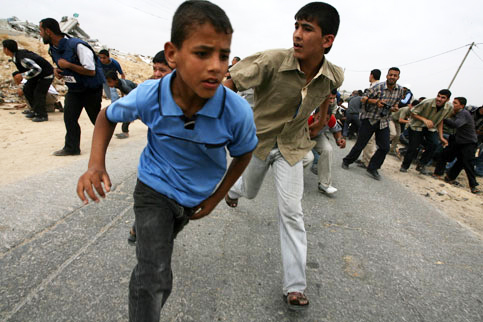
- Vendredi 22 octobre – 19h
Université du Québec à Montréal (UQÀM)
Salle Marie-Gérin-Lajoie
405 rue Ste-Catherine est
pavillon Judith-Jasmin
(metro Berri-UQAM)


Photo Palestinian woman flying flag at protest in West Bank.
On September 5, 2010 the Israel newspaper Haaretz published an article the headline of which read “Anti-Israel Economic Boycotts are Gaining Speed.” The subtitle went on to state that “the sums involved are not large, but their international significance is huge.” Actually, what seems to have triggered the piece was not international. Rather, it was the decision of a “few dozen theater people” to boycott “a new cultural center in Ariel,” an illegally settled town in the Occupied Territories. This action drew public support from 150 academics in Israel. The response from the Israeli right, which presently controls the government and much of Israel’s information environment, was loud and hateful.

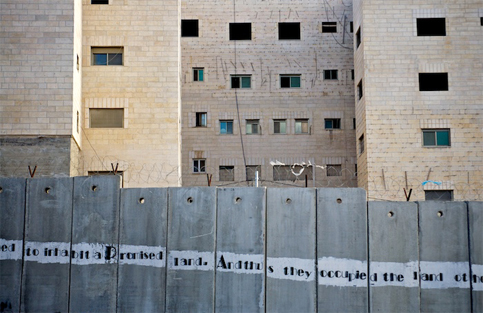
The actors’ boycott of the new Ariel cultural center received a boost yesterday with over 150 academics and several dozen authors and artists signing letters in their support.
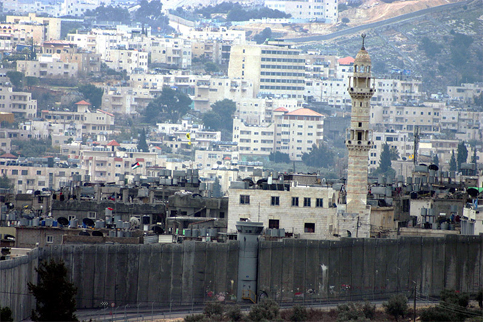
« Il ne s’agit pas seulement d’évoluer sur une scène. Il s’agit de manifester un soutien et de montrer qu’il y a des Palestiniens, dans la diaspora, qui veulent promouvoir leur identité et leur culture. »
« C’est une intifada musicale, un soulèvement musical » dit Shadia Mansour, plissant les yeux sous l’éclat du soleil en sortant de l’atelier hip-hop qu’elle anime à Hébron, en Cisjordanie.
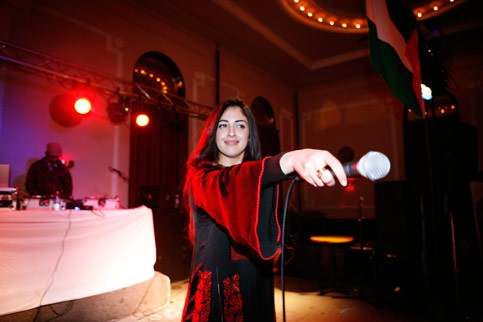
British-born Palestinian Hip Hop artist, Shadia Mansour was surrounded by airport security and “intelligence officers” armed with guns on Saturday, September 4, 2010, in Ben Gurion Airport, Israel.
Ms. Mansour was told to return to her luggage after a usual baggage xray and multiple searches, when eight agents ran towards her, weapons drawn and pointed, they aggressively kicked away her bags and surrounded her.

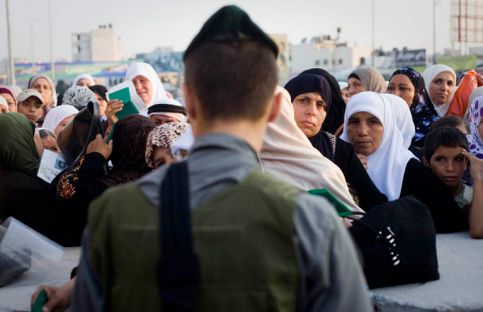
Photo ActiveStills Oren Ziv The boycott movement threatens the visage of respectability and normality which the leaders of apartheid Israel so desperately crave.
I am proud to be among the many Irish and Ireland-based artists from across creative disciplines who have chosen to publicly support the growing campaign of boycott against apartheid Israel. Compared to the imprisoned Palestinian people themselves and to those taking part in flotillas and other perilous anti-apartheid activities in Palestine our contribution and risk may be justly considered small. At most we might lose the chance of lucrative invitations to read, perform or display our works in parts of the US where apartheid Israel’s supporters hold the power of censorship. Departments of foreign affairs and ministries of culture may also not include us among those artists they can rely upon to project a lying image of a harmonious, bon vivant and, above all, harmlessly apolitical intelligentsia. We are sure to be slandered and ridiculed by the hired bullies of the global media empires.

The movement for a cultural boycott of Israel in response to its treatment of the Palestinians, modelled on the boycott of apartheid South Africa, could eclipse decades of disingenuous political charades in engaging western intellectuals, academics and artists. Internationally renowned figures such as Naomi Klein and Ken Loach have supported the call, and now one of Britain’s most successful bands, Massive Attack, is publicly backing the boycott.

Once again, the Brand-Israel machine is in high gear, this time organizing a million-dollar international youth extravaganza in Eilat in September 2010 called “Funjoya.” This unabashed propaganda exercise is sponsored by the Israel Ministry of Tourism and the Israeli Student Union, among other official and semi-official bodies. The Ministry of Tourism explains one of the aims of the festival: “branding Israel as an attractive tourism destination for students, an improvement in Israel’s image among this target group and facilitating multi-cultural encounters for students from Israel and European countries.” [1]